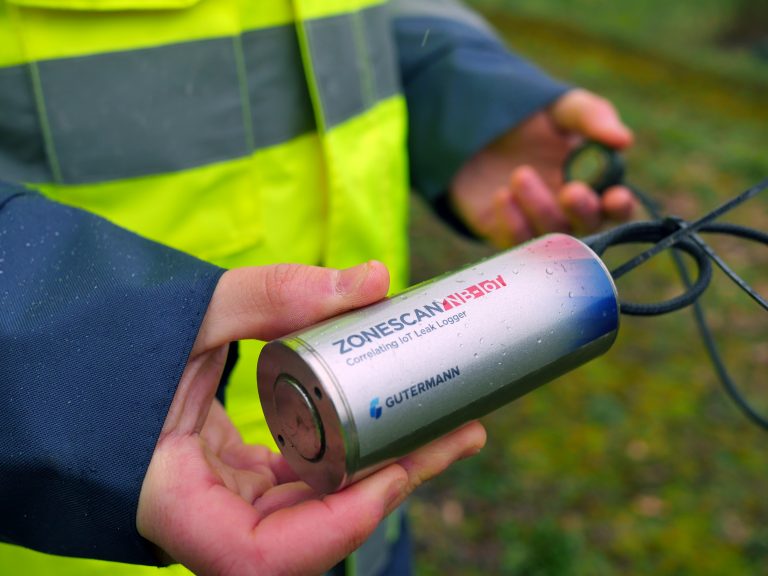Earlier this year, Vodafone partnered with SES Water to develop and implement Narrowband Internet of Things (NB-IoT) technology that could save the UK economy millions of pounds every year.
About 23% of water that runs through underground pipes is lost to leakage. According to Discover Water, that’s more than three billion litres of water a day.
“This equates to over 1,200 Olympic swimming pools worth of water,” says Daniel Woodworth, SES Water’s Network Strategy Manager.
“While SES Water have one of the best records in the UK, there’s still clearly more that can be done. This is a big issue and one that we need to tackle.”
The industry’s short-term aim is to reduce water leakage levels by 15% in five years – with SES Water’s long-term goal being to “reduce leakage by much greater margins,” says Mr Woodworth.
Athena Ainsworth, Head of Regional Business at Vodafone UK, says: “The technology Vodafone provides helps detect when a pipe is leaking, and where the leak is situated.”
Before this technology was developed, water companies could identify the stretch of pipe in which there was a leak. This latest IoT technology can pinpoint exactly where the leak is.
How the technology works
The pipes that supply water into buildings and houses are fitted with sensors in the ground at strategically planned locations. These monitor water pressure, flow, temperature and acoustic signals within the pipe network.
The combination of these data sets helps to locate leaks and other network abnormalities.
The IoT connectivity service that Vodafone provides transmits a constant signal back from underground to SES Water. This acts like a network heartbeat and whenever there’s a problem artificial intelligence (AI) software will send an alert, so SES Water can immediately deploy engineers to the exact location to fix the problem. This reduces water wastage and minimises interruptions to the supply for customers.
Real-time data
Vodafone provides 4G radio and connectivity for the system.
“Sensors measure network pressure and acoustic loggers listen for escaping water within the pipe network,” says Athena.
“Advanced smart analytics are used to collect data and monitor readings. SES Water are then instantaneously alerted when there is a leak and are able to act as quickly as possible to reduce water wastage and minimise interruptions to supply.”

Obviously, the quicker a water company can spot and address leaks the more time and money it can save.
“Our previous technology meant that we would be an hour behind the leakage which meant that we were always on the back foot,” says Mr Woodworth.
“Now, for the first time, we can get real-time data back from the network and into our systems. This allows our analysts to make informed decisions with that data and react without delay.”
Predictive potential
In the future this technology will not only alert companies like SES Water to leakages that have already happened, but it also has the potential to predict issues before they occur.
“This smart technology will help customers to reduce their bills, water consumption and prevent any damage to their properties,” says Mr Woodworth.
“As the technology also benefits the environment, it means that we can extract less water from the ground and therefore safeguard future resources.”
- Click here for the press release about Vodafone’s 10-year deal with SES Water.



![tracking a moving truck top down view [Adobe Stock] AI-generated top-down illustration of a moving lorry being tracked](https://www.vodafone.co.uk/newscentre/app/uploads/2024/07/tracking-a-moving-truck-top-down-view-Adobe-Stock.jpg)

![Falling Dripping Water Drop[Adobe Stock] Falling Dripping Water Drop[Adobe Stock]](https://www.vodafone.co.uk/newscentre/app/uploads/2024/04/Falling-Dripping-Water-DropAdobe-Stock.jpg)

![Light bulb with Sterling Pound symbol on wooden table [Adobe Stock] stock illustration of a light bulb, with a Sterling Pound symbol as its filament, sitting on a wooden table](https://www.vodafone.co.uk/newscentre/app/uploads/2024/01/Light-bulb-with-Sterling-Pound-symbol-on-wooden-table-Adobe-Stock.jpg)
